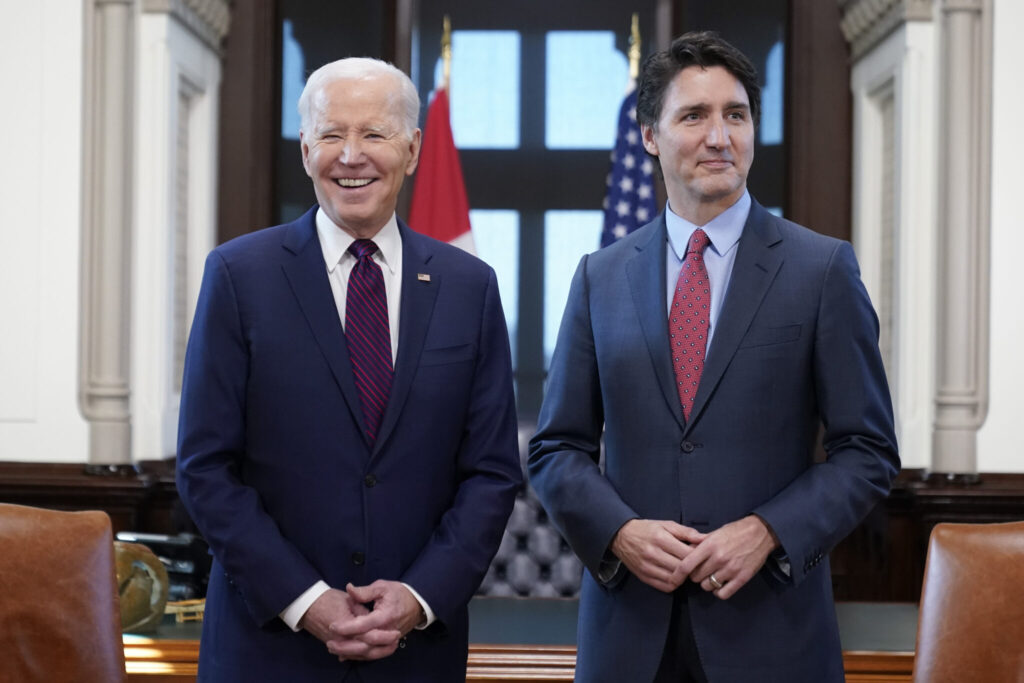The U.S. and Canada have reached a deal that would allow both countries to turn away more migrants at unofficial border crossings, according to a rule that’s set to be published in the Federal Register. President Joe Biden and Canadian Prime Minister Justin Trudeau are expected to announce the agreement today in Ottawa. The Associated Press has the story:
US-Canada deal ends walk-around crossings
Newslooks- ST. JOHNSBURY, Vermont (AP)
The immigration deal expected to be announced Friday by U.S. President Joe Biden and Canadian Prime Minister Justin Trudeau would end a process that has enabled tens of thousands of immigrants from across the world to move between the two countries along a back road between New York state and Quebec.
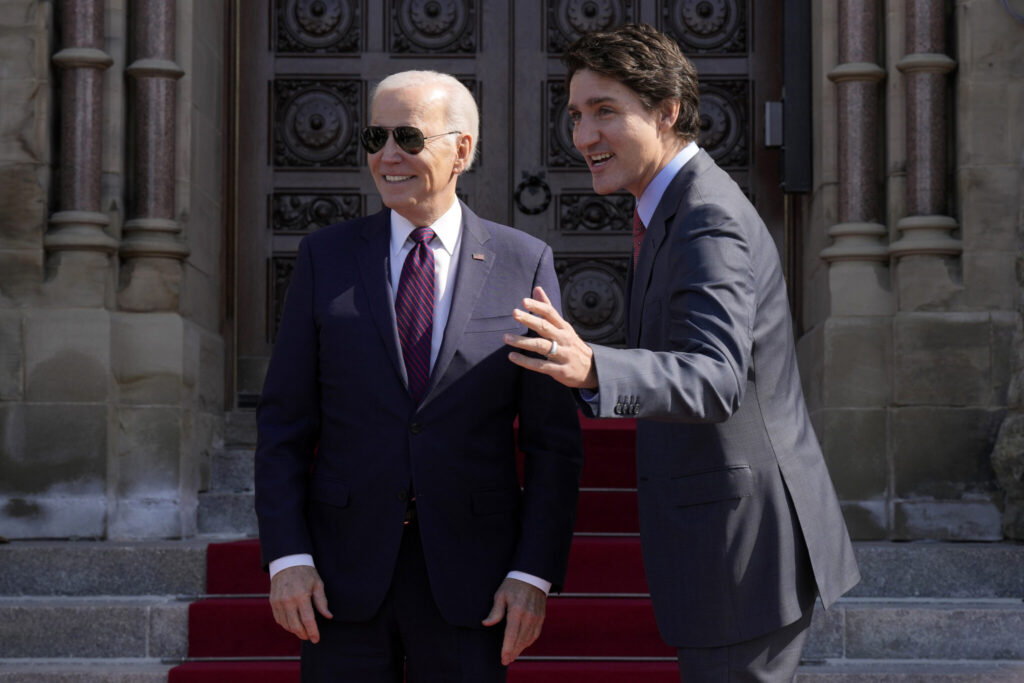
Since early 2017, these migrants have entered Canada via Roxham Road outside Champlain, New York, where a reception center staffed by agents of the Royal Canadian Mounted Police has been set up to process them, about five miles (8 kilometers) from the official border crossing where they’d be returned to the United States.
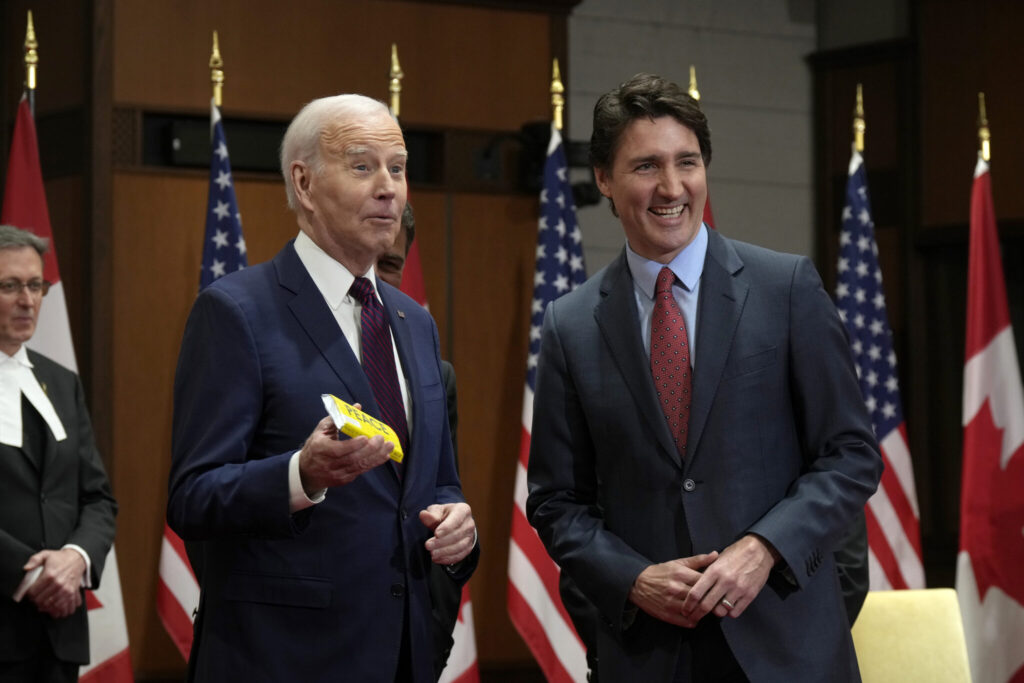
The Mounties warn that they’ll be arrested if they take one more step. Then they do — and without being handcuffed, they are processed and usually released to live in Canada while their asylum cases are pending, which can take years.
Canada is expected to announce as part of the agreement that 15,000 migrants from the Western Hemisphere will be given slots to apply to enter the country. The policy applies to people without U.S. or Canadian citizenship who are caught within 14 days of crossing the border.

The deal comes as the U.S. Border Patrol also responds to a steep increase in illegal southbound crossings along the wide-open Canadian border. Nearly all happen between the biggest population centers in both countries, from Quebec into upstate New York and Vermont.
While the numbers are still tiny compared to the U.S.-Mexico border, it’s happening so frequently now that the Border Patrol increased its staffing in the region and has begun releasing some migrants into Vermont with a future date to appear before immigration authorities.
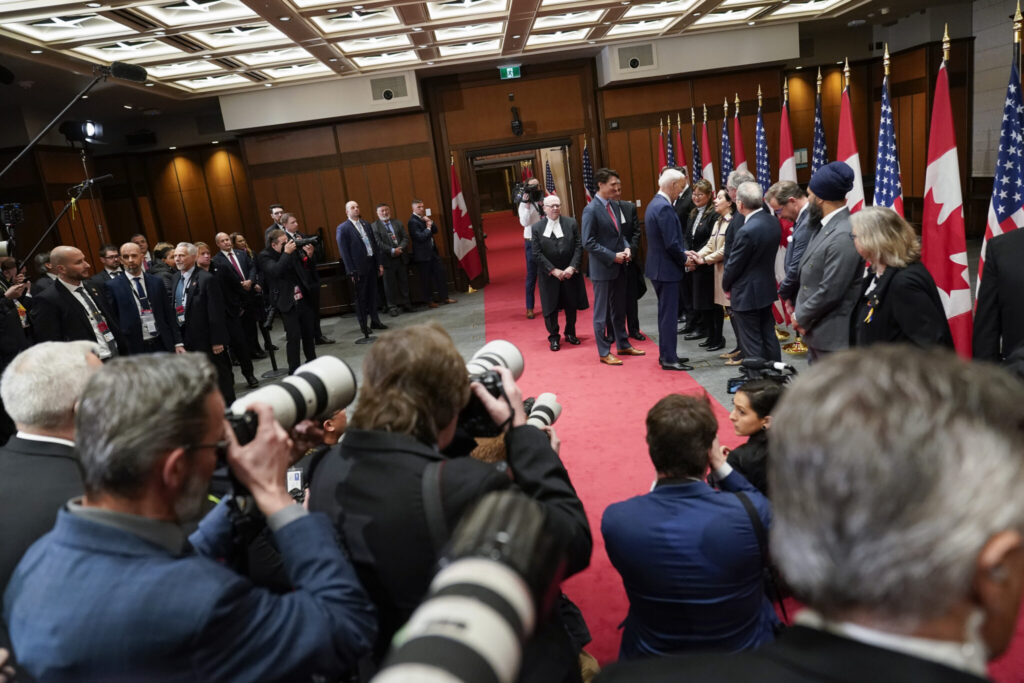
Canadian officials have struggled to cope with this since early 2017. Many northbound migrants said they were fleeing because they feared President Donald Trump’s immigration policies were hostile to their presence in the United States. The process continued since the Biden administration took office.
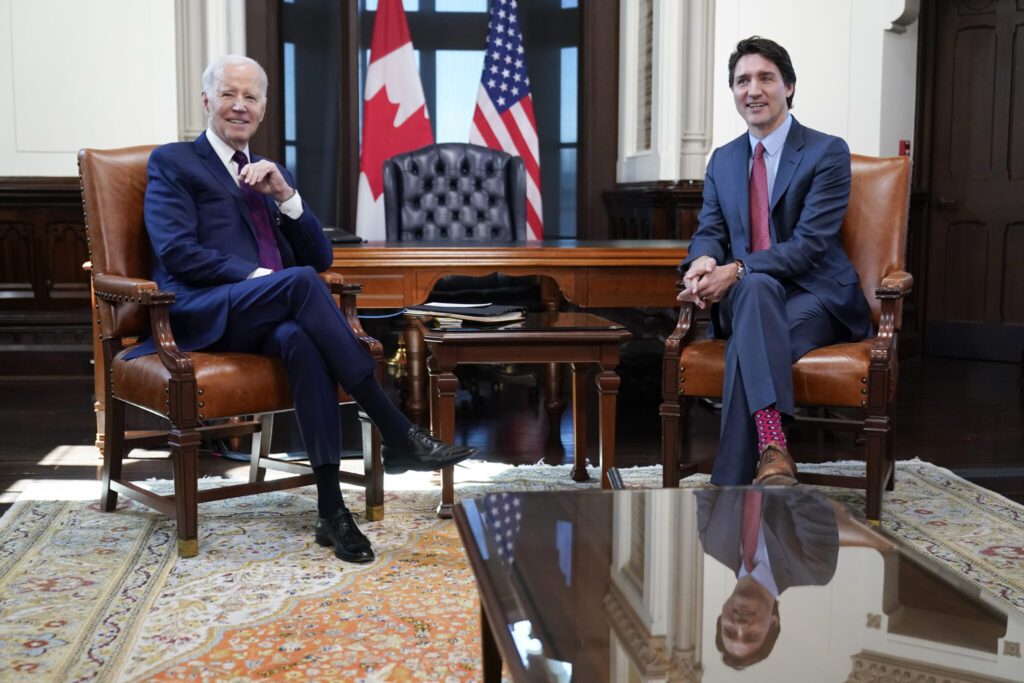
These migrants have taken advantage of a quirk in a 2002 agreement between the U.S. and Canada that says asylum seekers must apply in the first country they arrive in. Migrants who go to an official Canadian crossing are returned to the U.S. and told to apply there. But those who reach Canadian soil somewhere other than a port of entry are allowed to stay and request protection.
Meanwhile, southbound migrants are straining U.S. border officials.
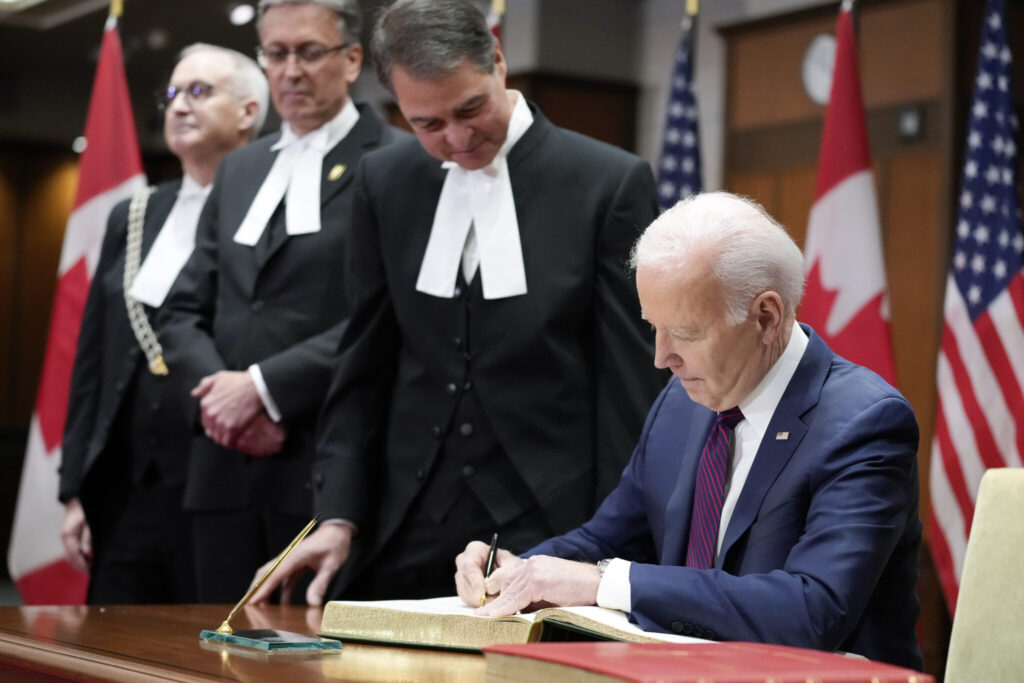
U.S. Border Patrol agents stopped migrants entering illegally from Canada 628 times in February, more than five times the same period a year earlier. Those numbers pale compared to migrants entering from Mexico – where they were stopped more than 220,000 times in December alone — but it is still a massive change in percentage terms.
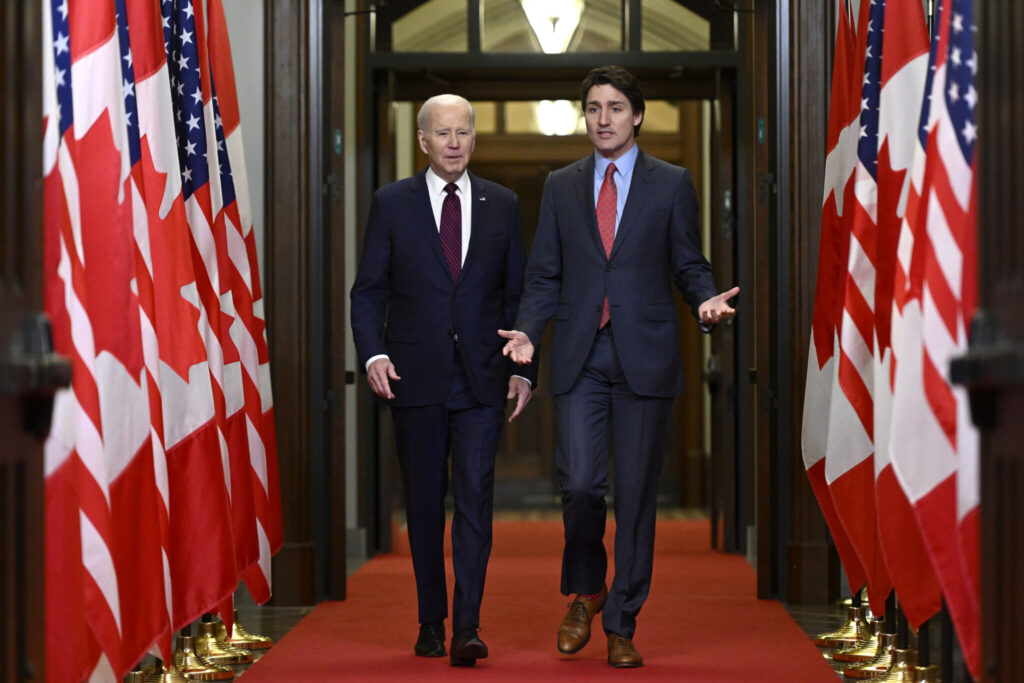
In the Border Patrol’s Swanton Sector, which stretches across New Hampshire, Vermont and a portion of upstate New York, agents stopped migrants 418 times in February, up more than 10 times from a year earlier. About half entering from Canada have been Mexicans, who can fly visa-free to Canada from Mexico.
About an hour south of the border, the police chief in St. Johnsbury, Vermont, population 6,000, alerted state officials that the Border Patrol had dropped off a vanload of immigrants with just a few minutes notice at the community’s welcome center. The same thing happened several times before within the last few weeks.
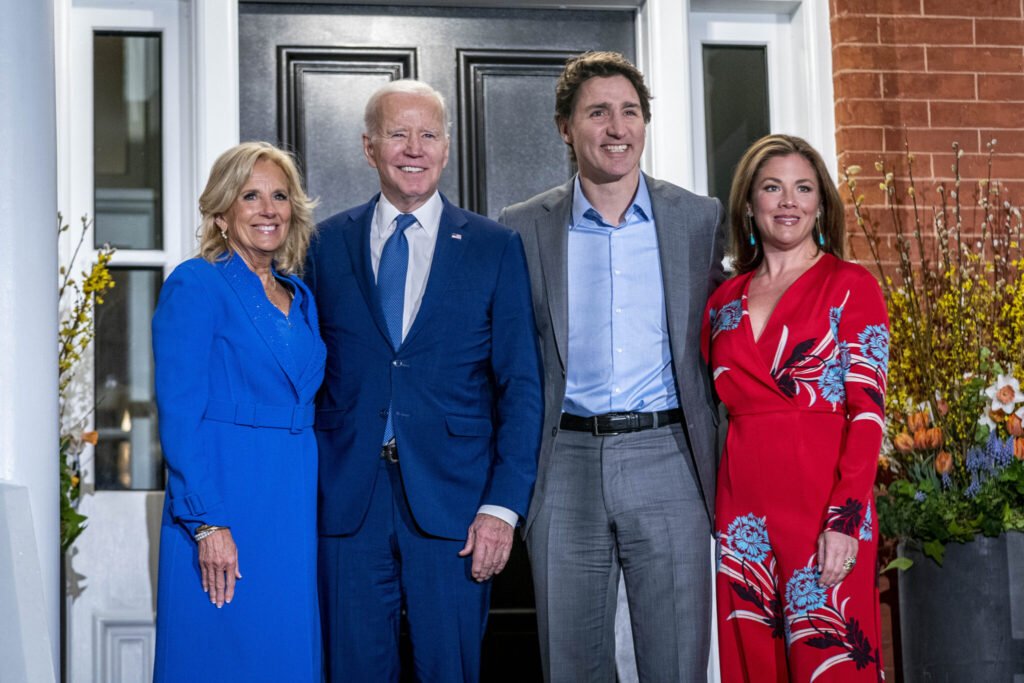
In a statement, U.S. Customs and Border Protection said the migrants dropped off in St. Johnsbury had been apprehended along the border after entering the U.S. without authorization, and were given a notice to appear for later immigration proceedings.
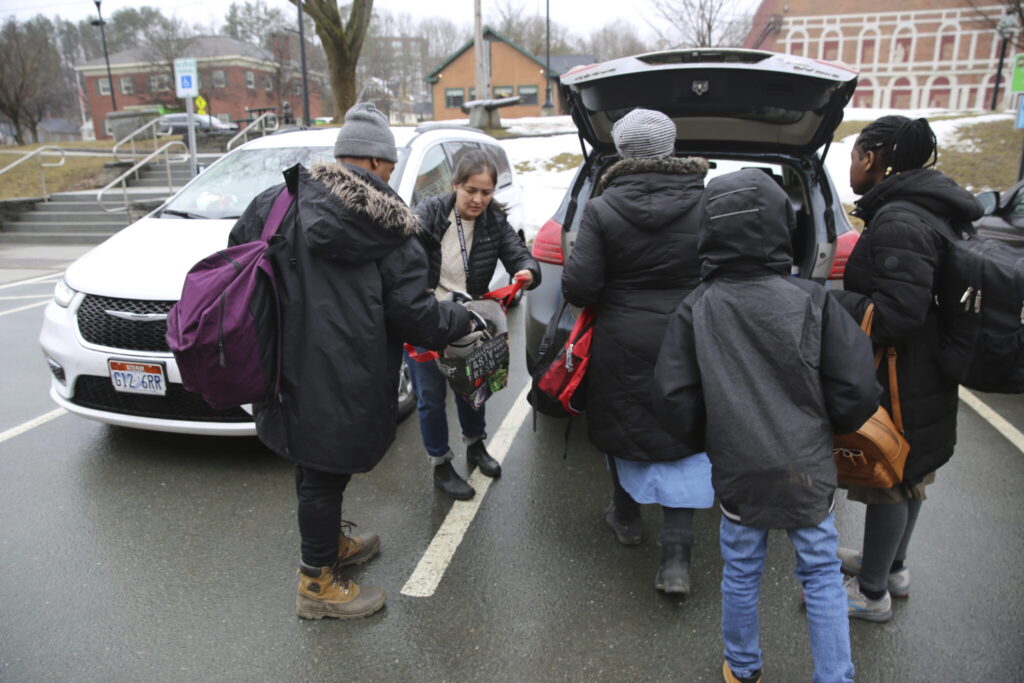
They were dropped off in St. Johnsbury because it has a station where migrants can take a bus to a larger city.
“In such circumstances, USBP works in tandem with local communities to ensure the safety of all parties—both community members and migrants—and to ensure stability in the community’s resources,” the statement said.
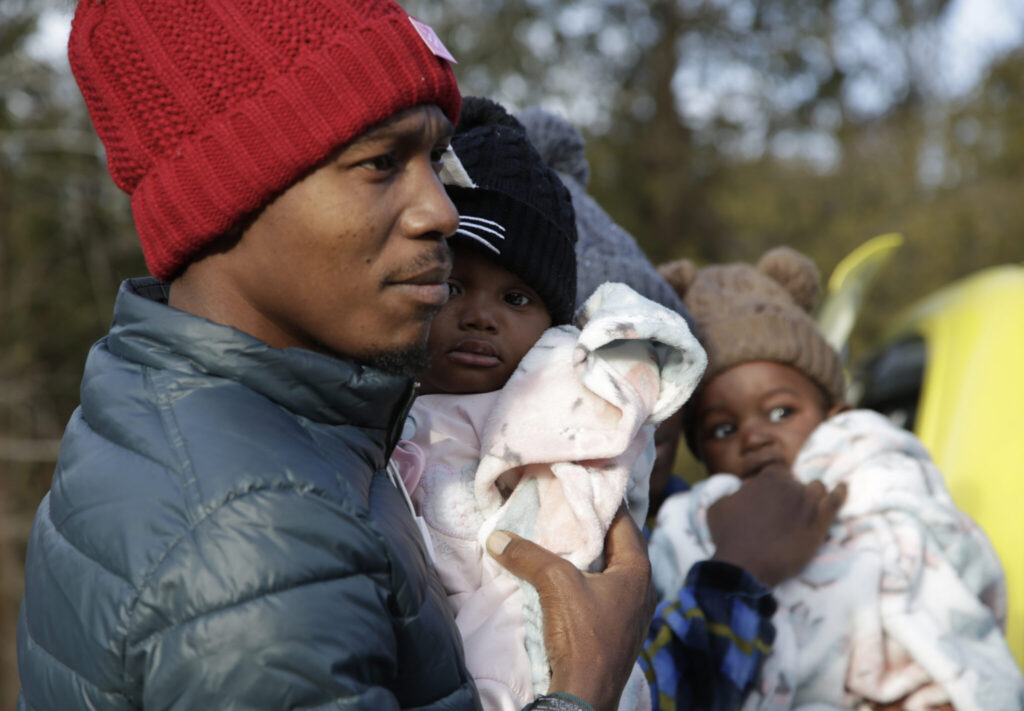
But local officials said they weren’t given time to prepare. State officials are now working to set up a system to provide migrants services they might require.
On Thursday, a Haitian couple and their children, boys aged 17 and 9 and a 15-year-old girl, were dropped off at the welcome center. The family, who did not want to give their names, wanted to take a bus to Miami.
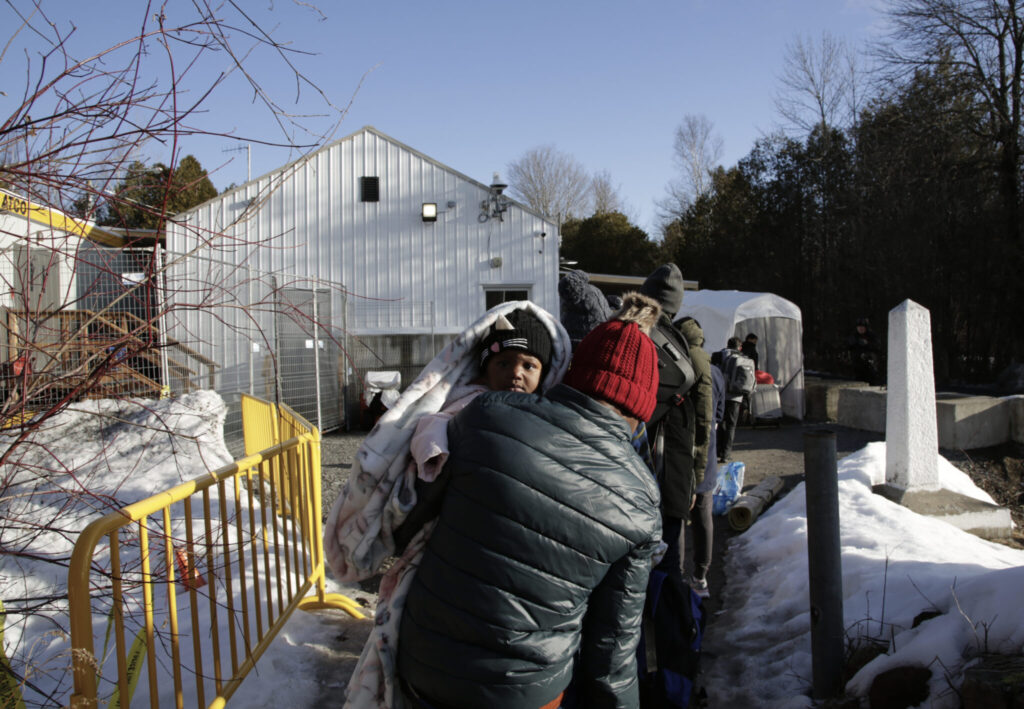
They said they’d been in Canada for two months, but wouldn’t talk about what prompted them to keep moving.
They missed the Thursday bus that would allow them to connect to a bus to Boston, where they could catch another bus to Miami. A team of local volunteers spent the day getting them something to eat, finding them a place to stay the night and arranging for them to take the bus on Friday.
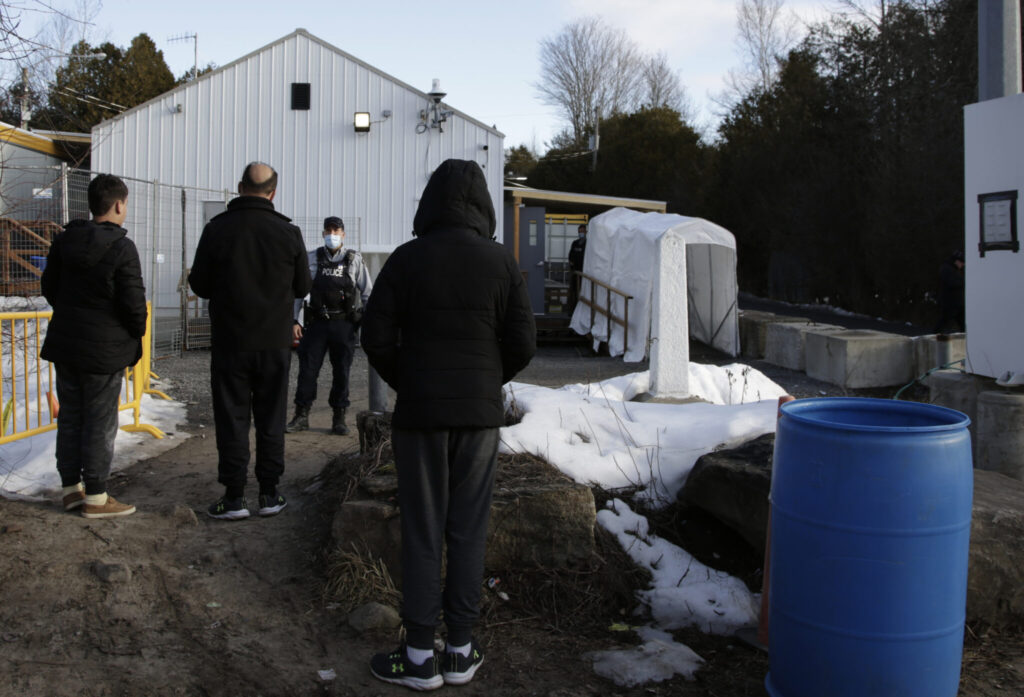
Police chief Tim Page said St. Johnsbury wants to help these migrants, but not on the fly.
“We need to get something down so we know what we are going to do when these families arrive,” he said. “We don’t have a system set yet, so when we do I am sure this will all go a little smoother.”

